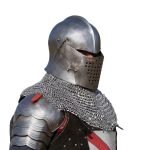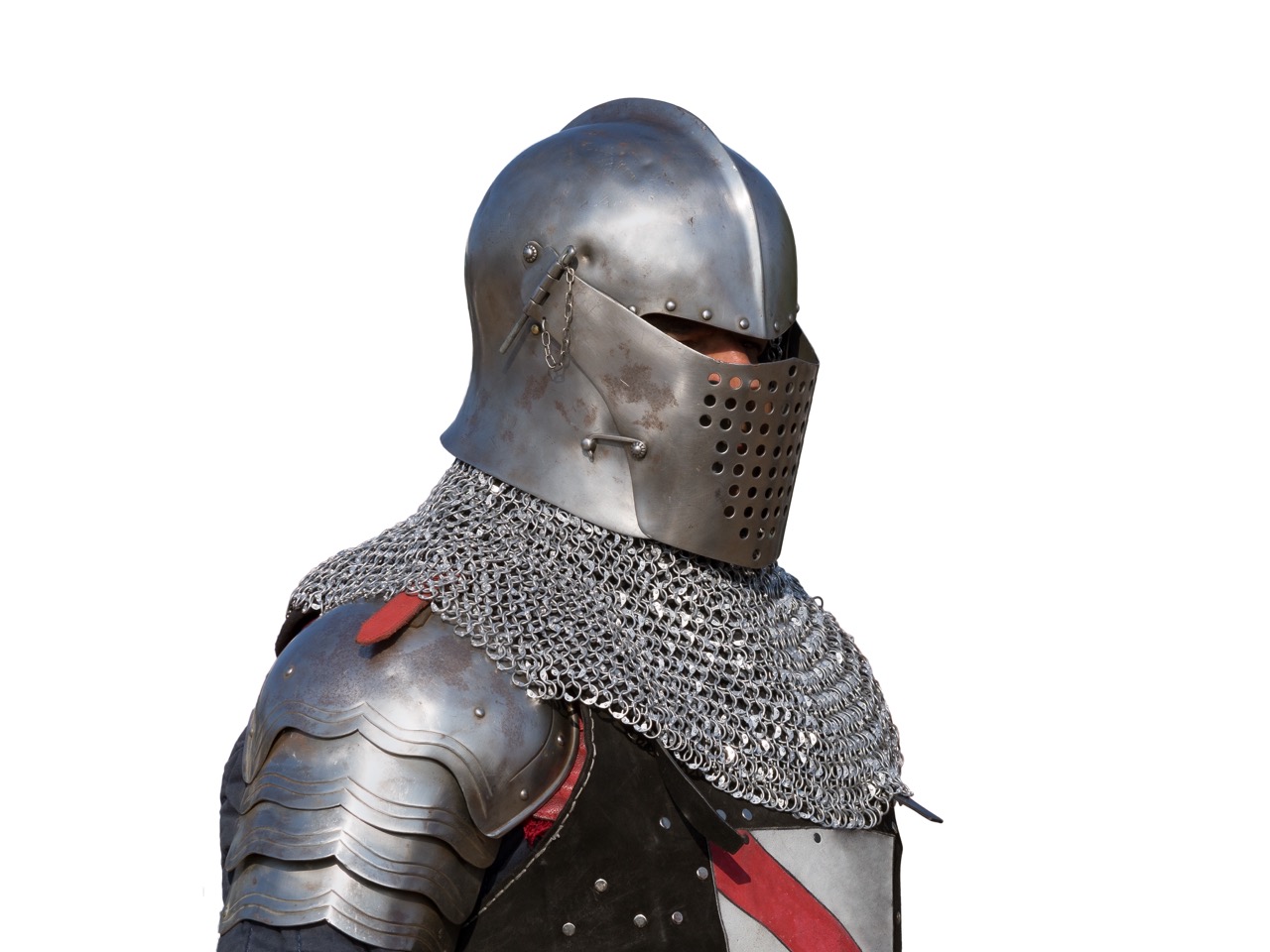Throughout history, the evolution of garments has often mirrored societal needs and advancements. Among the myriad elements of clothing, faulds—those protective extensions found at the waist—have played a significant role in safeguarding one of the body’s most vital areas: the hips and waist. These often-overlooked features have evolved from purely functional components to intricate designs that reflect both practicality and style. This article delves into the historical significance, scientific underpinnings, and future innovations surrounding faulds, shedding light on their role in protecting our most vulnerable areas.
Understanding Faulds: A Historical Perspective on Design
Faulds can trace their origins back to the medieval period, when they were more than just a decorative addition to armor; they served a critical role in protecting one of the most exposed areas of the body during battle. Early faulds were crafted from rigid materials such as metal and leather, designed to shield the hips from sword strikes and other forms of attack. As the design of faulds progressed, they became more refined, evolving into intricate panels that provided both mobility and defense. The craftsmanship involved in creating these pieces reflects an understanding of the human form and the need for protection without sacrificing agility.
With the passage of time, the purpose of faulds shifted significantly. By the Renaissance, the focus expanded to include aesthetic appeal alongside protection. Artisans began to incorporate elaborate embellishments, turning faulds into a symbol of status and sophistication. This dual purpose marked a crucial point in fashion history, illustrating how functionality and style can coexist. The transformation of faulds from a purely utilitarian garment to a fashionable statement piece showcases the adaptability of clothing throughout the ages.
Today, faulds are often revisited within modern fashion, embodying both historical significance and contemporary style. Designers have taken inspiration from ancient battle gear, infusing new life into fauld designs that cater to today’s fashion-forward consumer. This historical evolution emphasizes that faulds are not merely relics of the past; they are living components of our sartorial language, continuously reshaping themselves to meet the demands of modern life.
The Science Behind Faulds and Hip Protection Explained
The protective function of faulds lies in their design, which effectively distributes impact forces away from the vulnerable hip and waist areas. When constructed from materials like high-density foam or toughened textiles, modern faulds are engineered to absorb shock, reducing the risk of injury during physical activities. This scientific approach to design emphasizes the importance of protective clothing, particularly in sports and activities where falls or collisions are common.
Moreover, the anatomical placement of faulds is critical; they provide a barrier that aligns with the body’s natural movement, ensuring that while protection is offered, mobility is not hindered. The balance between protection and flexibility is a key factor in the efficacy of faulds. Research into biomechanics informs the design process, enabling manufacturers to create faulds that not only shield but also enhance performance, allowing for a full range of motion without compromising safety.
In addition to physical protection, the psychological aspect of wearing faulds cannot be overlooked. Athletes and individuals engaging in high-risk activities often report increased confidence when wearing protective gear, leading to improved performance. The interplay between safety technology and individual psychology underscores the significance of faulds, highlighting their role as not just a protective gear but as a source of empowerment and assurance in one’s physical capabilities.
Faulds in Fashion: Blending Style with Practicality
The fusion of style and functionality is a hallmark of contemporary fashion, and faulds exemplify this trend beautifully. Designers have embraced the fauld in various forms, from tailored skirts to innovative athletic wear. This acceptance by high fashion has led to a renaissance of the fauld, where its historical roots serve as inspiration for modern silhouettes that cater to diverse tastes and preferences. The versatility of faulds allows them to transcend traditional boundaries, appealing to a wide audience while reinforcing the idea that protective garments can also be chic.
Fashion-forward brands have initiated collaborations with sportswear companies, incorporating fauld elements into their designs to cater to both aesthetic and functional demands. The result is a collection of apparel that resonates with consumers seeking pieces that offer both protection and style. This trend not only reflects the growing awareness of safety in fashion but also showcases the innovative spirit of designers who are unafraid to blend historical elements with modern trends.
As society becomes increasingly health-conscious and active, the demand for fashionable yet protective clothing continues to rise. Faulds serve as a prime example of how historical garments can be reimagined to meet contemporary needs, embodying the principle that functionality and aesthetics can seamlessly coexist. The modern fauld has transcended its original purpose, becoming a statement piece that reflects confidence and resilience, ensuring that wearers feel as good as they look.
The Future of Faulds: Innovation in Waist Safety Gear
Looking ahead, the future of faulds is ripe with potential for innovation. With advancements in fabric technology, new materials that offer greater protection and comfort are emerging. Innovations such as lightweight, breathable materials with built-in padding are set to redefine the fauld, making it an essential element not just in combat gear but also in everyday fashion. This trend towards high-performance fabrics will ensure that faulds remain relevant in a world where safety is paramount.
Furthermore, the rise of wearable technology presents exciting possibilities for the evolution of faulds. Imagine faulds equipped with sensors that detect falls or impacts, capable of sending alerts to emergency contacts or medical services. This integration of technology into protective clothing is already being explored in various other gear, and the fauld could easily become a part of this movement. The future may see a blending of traditional craftsmanship with cutting-edge technology, creating garments that are as smart as they are stylish.
Lastly, as environmental concerns take center stage, the future of faulds may also lean towards sustainable practices. Eco-friendly materials and ethical manufacturing processes are becoming increasingly important to consumers. Designers who prioritize these aspects not only appeal to a more conscious audience but also contribute to a larger shift towards responsible fashion. The fauld, thus, stands at the intersection of protection, style, and sustainability, promising a future where fashion does not compromise safety or ethics.
As we navigate through the complexities of modern life, the role of faulds in protecting the hips and waist is a testament to the intricate relationship between history, science, and fashion. From their medieval beginnings to their contemporary iterations, faulds continue to evolve, serving as a reminder that protective clothing is not merely functional but can also be a canvas for creativity and expression. As innovation and sustainability shape the future, the fauld will undoubtedly remain a vital component of our wardrobe, embodying the essence of safety and style in every stitch.










